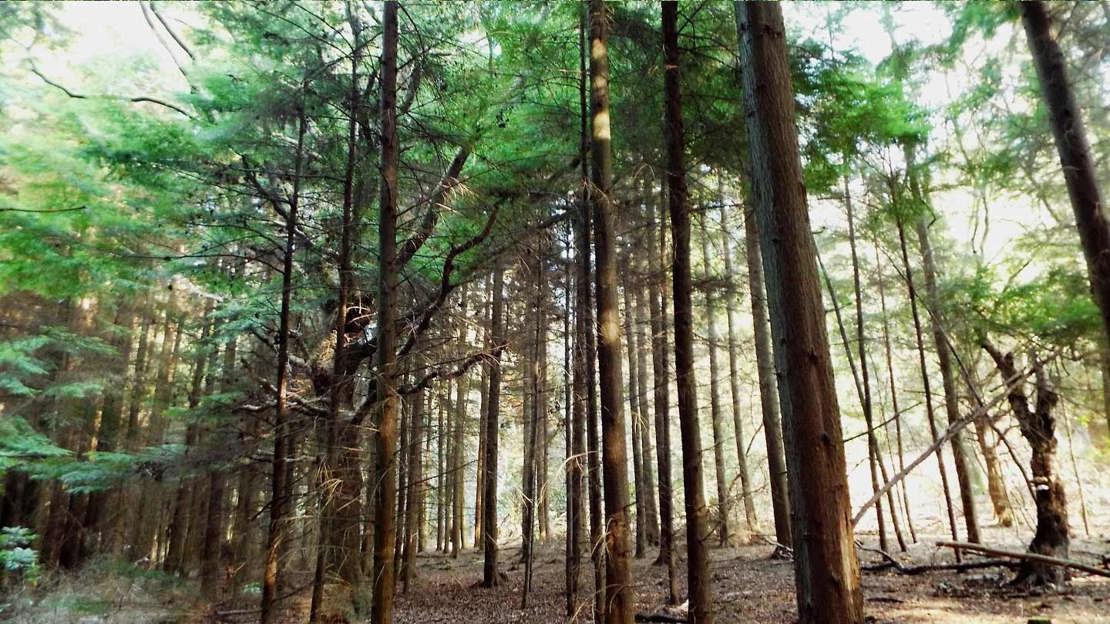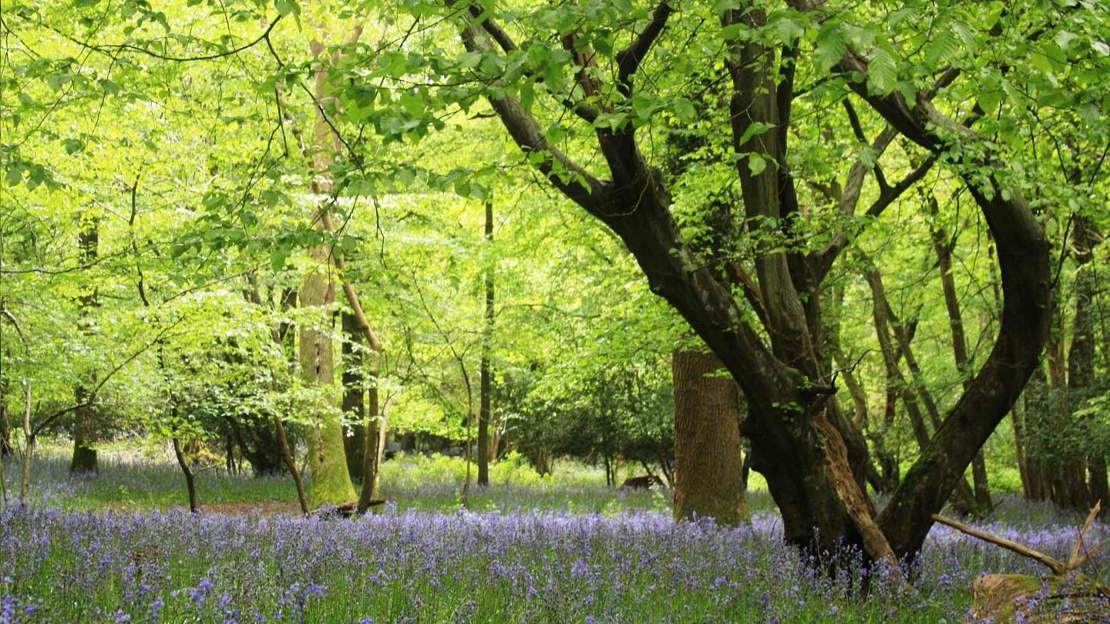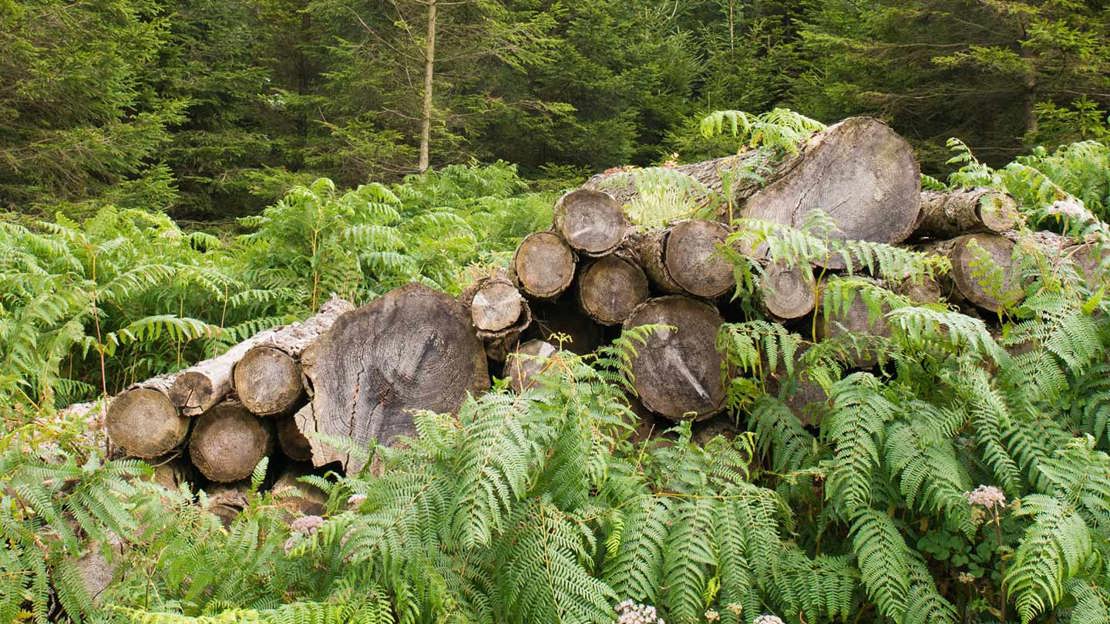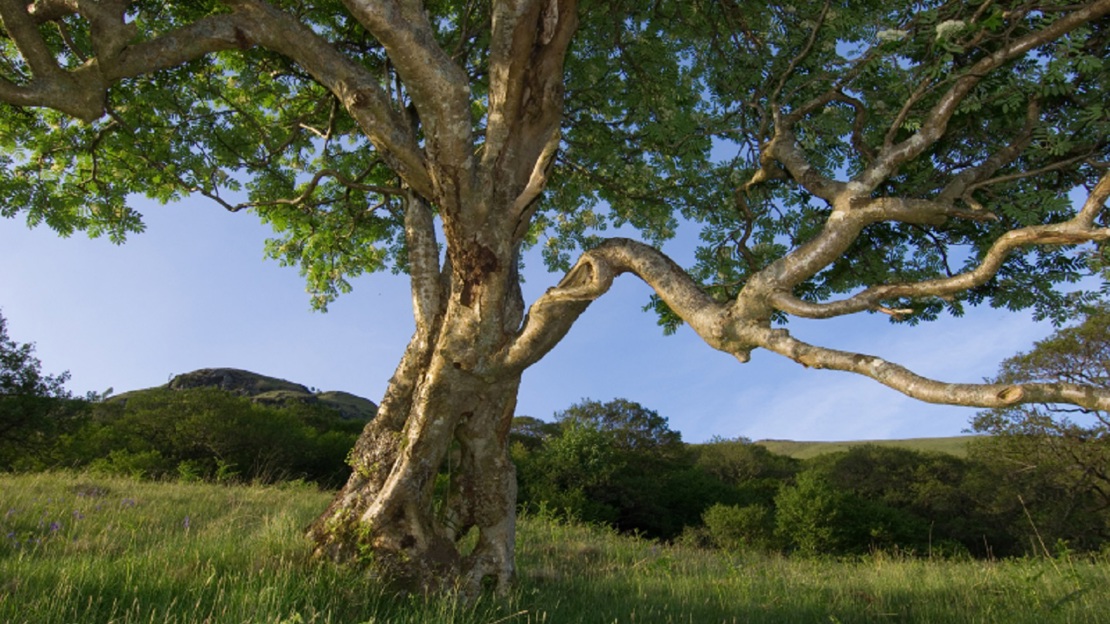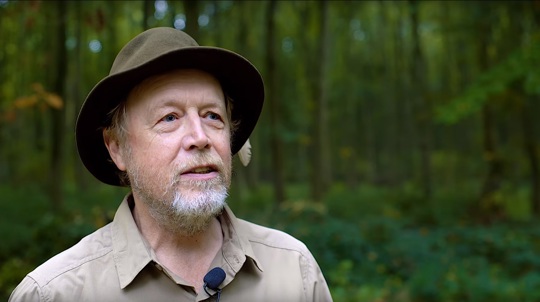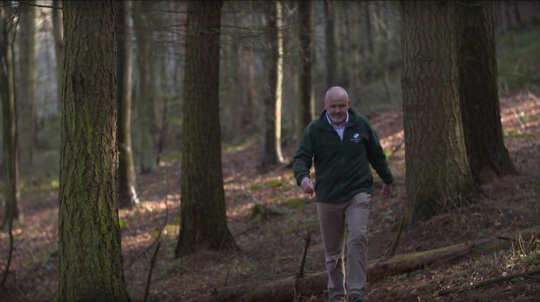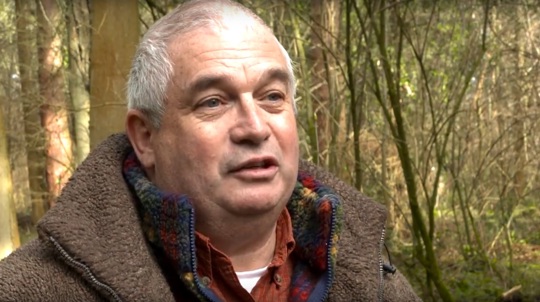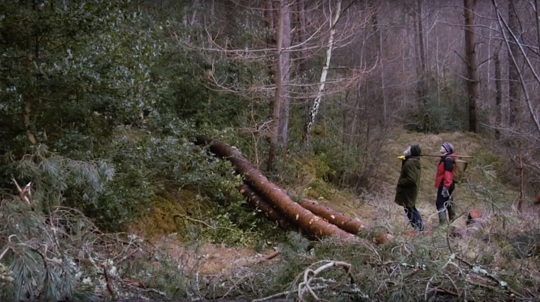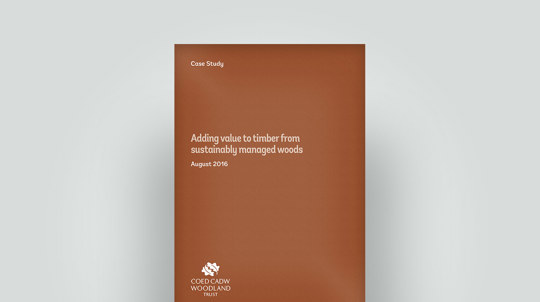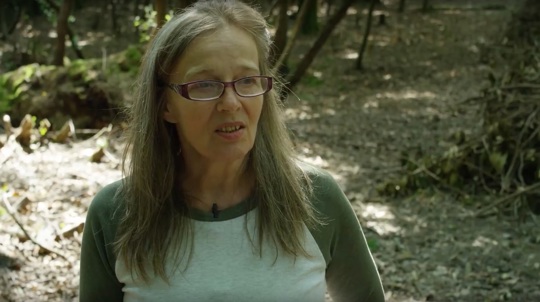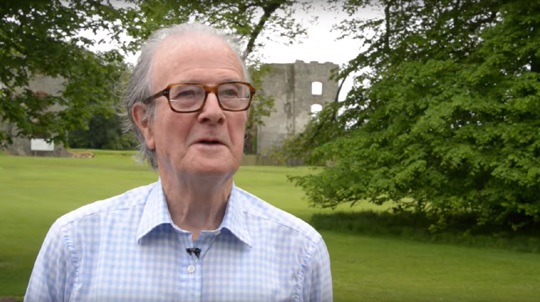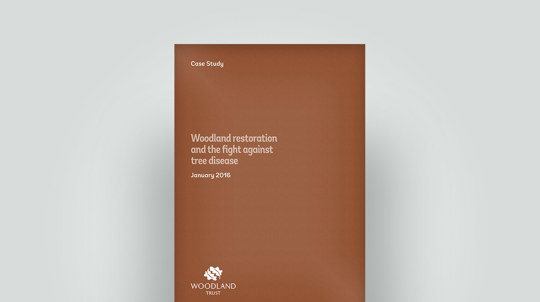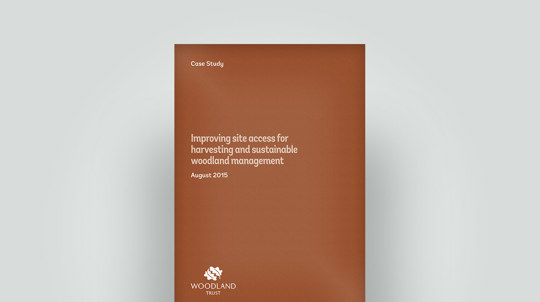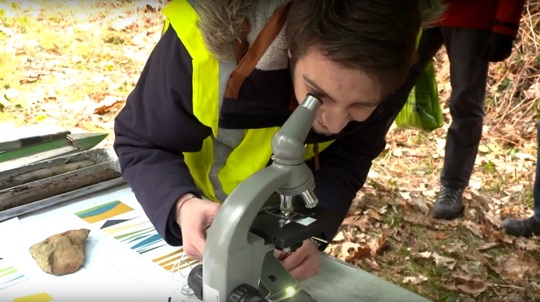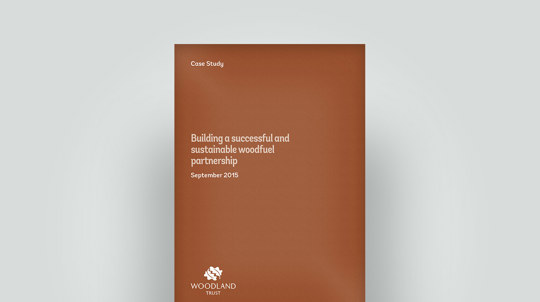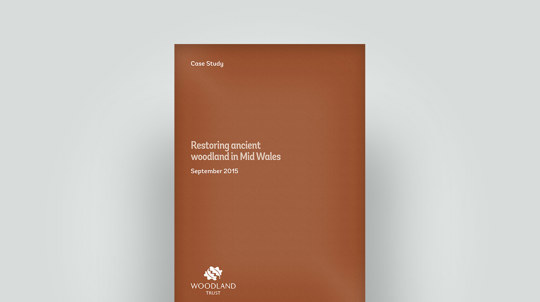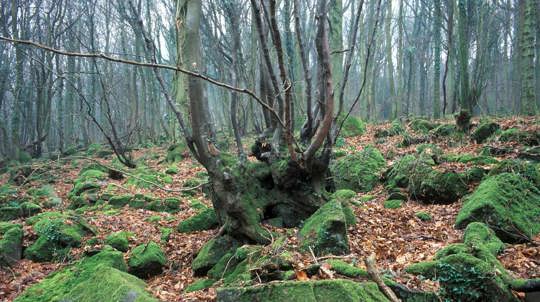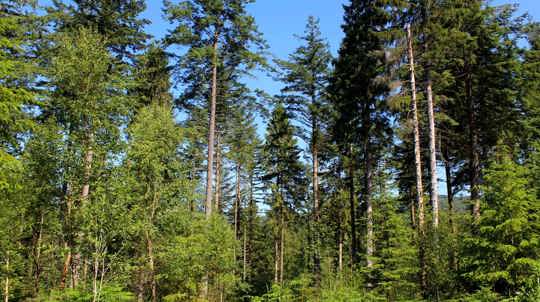Since 2014, we have worked with over 600 landowners and managers to help protect and restore thousands of hectares of fragile ancient woodland.
Advice and support
More than 38,000 hectares of ancient woodland are already committed to a process of restoration, but we know thousands more desperately need help.
If you own or manage ancient woodland, ancient parkland or wood pasture, restoration can benefit you as well as nature. Generate extra income from timber or woodfuel or create shelter for livestock or cover for game.
Each wood is unique and needs a bespoke plan - there is no one-size-fits-all approach and no set timescale.
For larger woods we will often provide a dedicated specialist adviser to guide you through the whole restoration process. For smaller ones we may be able to help or at least provide the right information for you to obtain local advice and support.
Ancient woodland is an incredible haven for wildlife, full of history and natural resources. But our relationship with these ancient woods has started to decline and we have forgotten just how important they actually are. Now these rich habitats are in urgent need of restoration.
Many of the UK's ancient woodland sites have been planted with non-native conifers, creating mono-cultures that have changed the natural woodland ecology and reduced their diversity. Restoring our ancient woodland is crucial. Not only to ensure the survival of the wildlife that lives there, but also to help build and create resilient, sustainable landscapes which are less susceptible to threats from climate change and tree disease.
At the Woodland Trust, we're working with landowners to explore the benefits that woodland restoration brings. Restored ancient woodlands are peaceful, tranquil spaces where we can reconnect with nature and take time out to de-stress.
Ancient woodlands are also important areas for education and medical research. Our ancient woodlands are full of delicate archaeological features which can be threatened by ongoing forestry operations. Careful restoration can protect these remains and help preserve important links to our past.
Woodlands undergoing restoration can be a sustainable source for commercial timber which can be sold for many uses, including building materials or wood-fuel pellets. Restoration can also help improve some woodlands for rearing game.
Restored ancient woodlands can be perfect spots for cycle trails and wildlife walks, and restoration can enable diversification opportunities. Ancient woodland restoration is a gradual and rewarding process, and we're at the forefront of championing techniques and working with landowners across the UK to gently revive these ecologically valuable woods.
Ancient woodland management training
On site
Our Introduction to Ancient Woodland Restoration training sessions are free to professionals working in the sector, including landowners, land agents, trainee foresters and forestry contractors such as loggers, tree surgeons and chainsaw operators. Delivered this spring in partnership with Cumbria Woodlands, you can learn how to recognise ancient woodland, why it’s important, how to protect and restore it and how to conduct a basic ancient woodland survey. Find your nearest event.
Online
A suite of online resources has also been developed with Cumbria Woodlands. Available free to everyone, the course provides 7.5 hours of learning. You'll learn about key features and management, survey and planning, halting further decline, maximising ecological integrity and management approaches and opportunities.
The course for Continuing Professional Development can be accessed at Cumbria Woodlands’ Open edX Platform. You will need to register on the site before you can enrol on the course.


